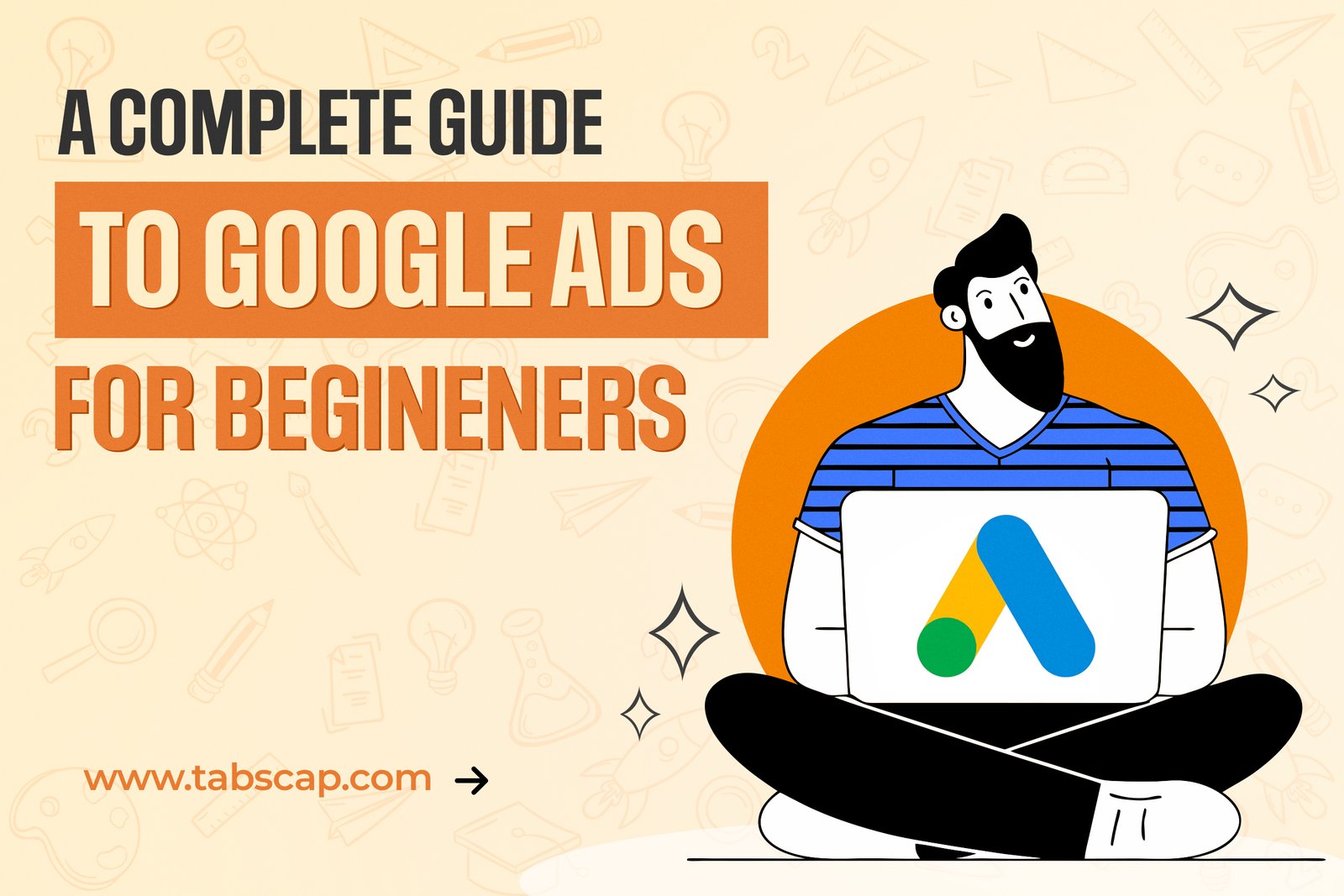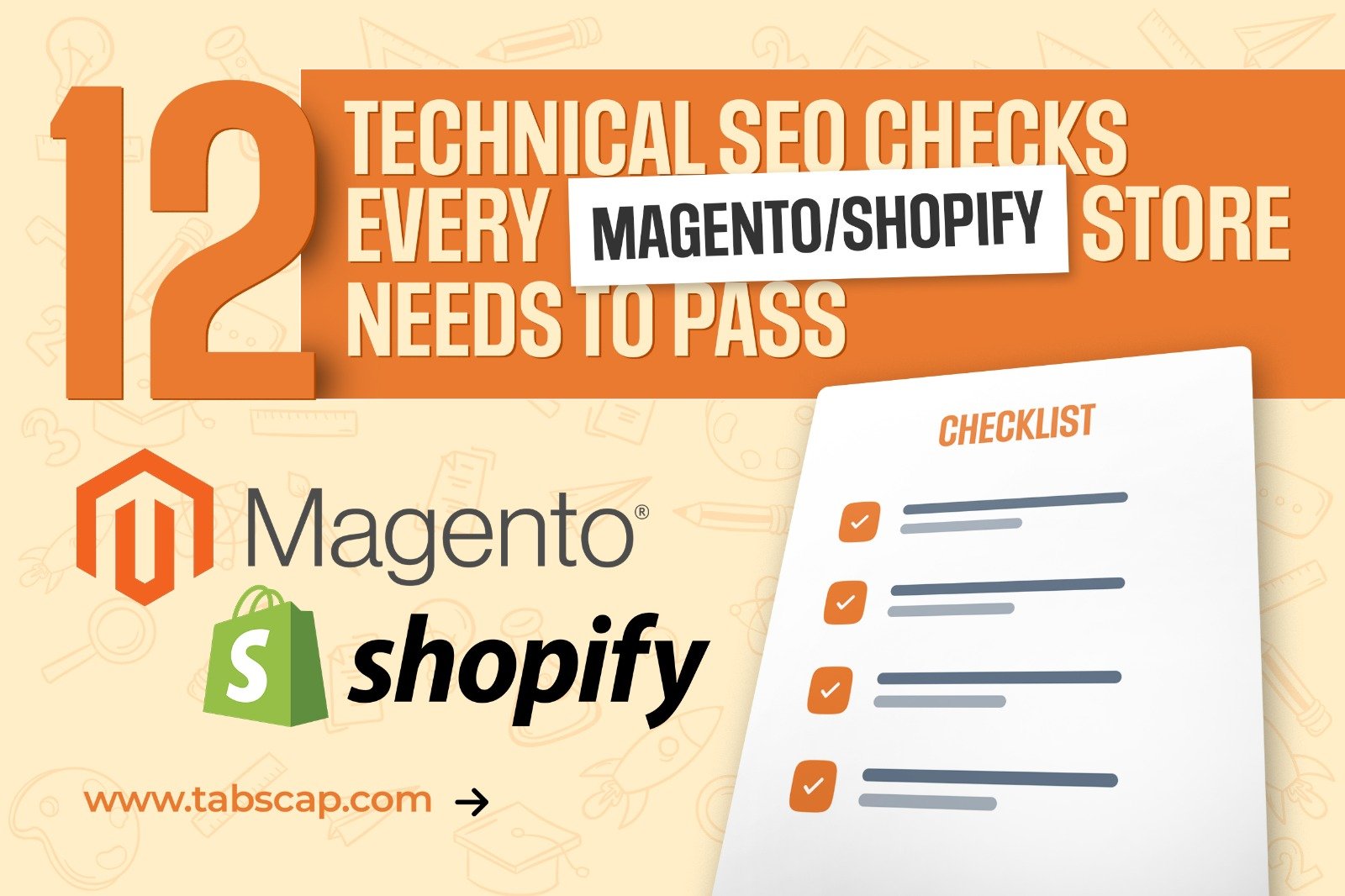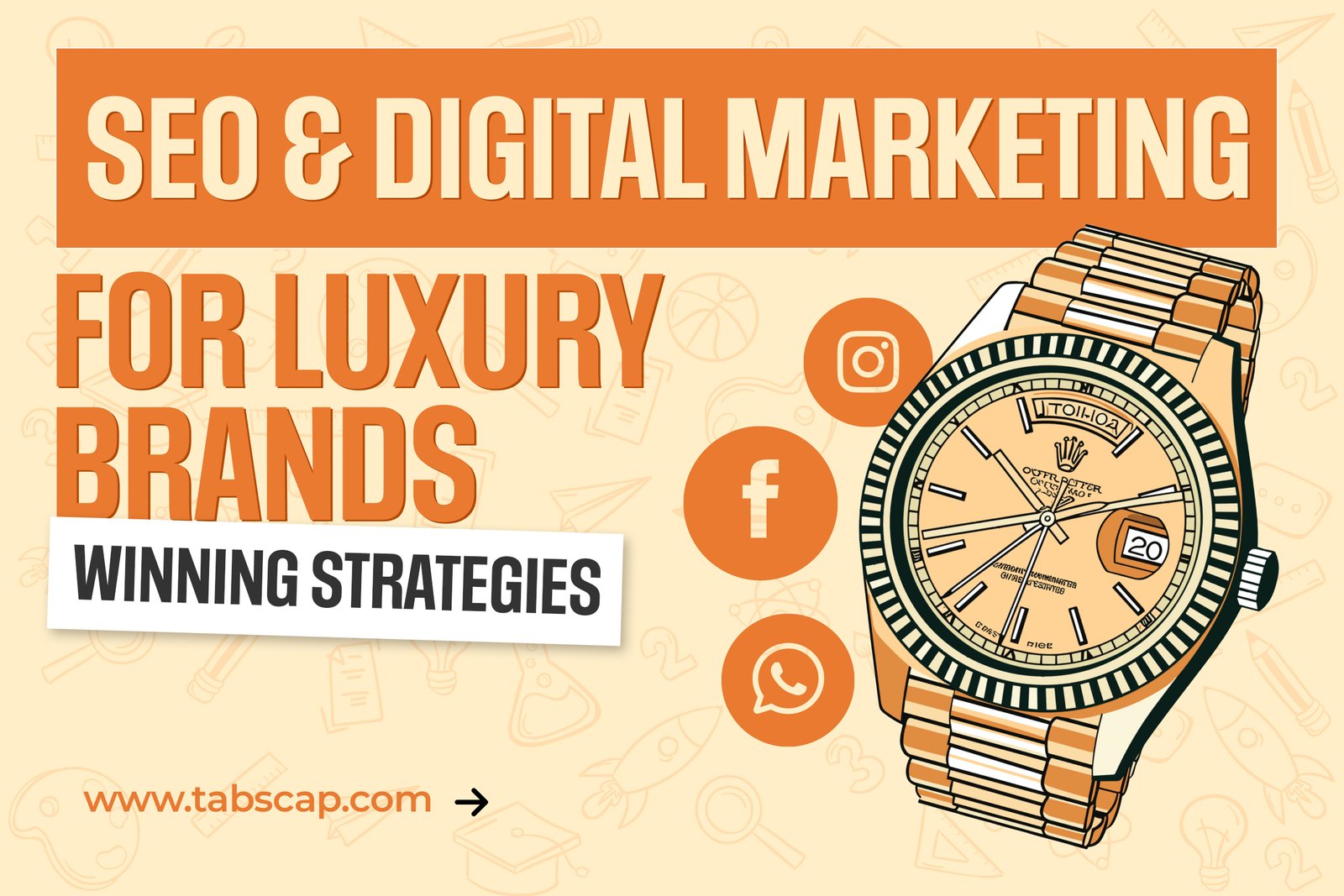

Let us start with a piece of information that will leave you glued to the chair:
Almost 60% of marketers claim to have gotten new customers directly with their blog posts.
Therefore, a corporate blog serves much more than attracting visitors to a website. Used in the right way, it can become a potent tool for attracting new customers every month. Of course, you need to have a good content strategy—one like the one that we are going to explain to you in this post.
If you want to know more, keep reading because here I will tell you everything you need to know to put your blog posts to sell for you.
Here we go.
What is a content strategy exactly?
Let us do it the other way around. Instead of starting by explaining what a content strategy is, let’s first clarify what it is NOT:
It is not SEO.
It is not publishing content on your blog “because you have to do it.”
It is not sharing your posts on social networks.
All of this is part of what it takes to design (and execute) a content strategy. But with that, we are only skimming the surface: A content strategy involves planning, creating and distributing content with a specific objective, and measuring the results to see if we have achieved it.
In short: plan, create, distribute and measure.
What is it for (or why does publishing content make you sell more)
We said above that a blog not only serves to get traffic, as many people think. In reality, the end goal of any content strategy should be to help you get more customers. And how can you achieve this with your blog posts?
The blog posts help you in:
- Attracting qualified traffic: We are not interested in attracting mere visitors to our website, but the users whose profile matches that of your ideal client or buyer persona.
- Attracting potential customers: It is not common for a person to hire you just after reading your social media post. Therefore, a common strategy is to offer that user a ‘lead magnet’ (a free item) in exchange for their email. Your blog is the ideal place for this.
- Educating your audience: If your service or product is little known to the public, you can create content to explain what it is and its benefits.
- Enhancing your brand image: Quality content allows you to position yourself as a benchmark business within your sector.
- Removing doubts: Sometimes, the posts are used to answer questions from your potential customers or to encourage the purchase.
- Building loyalty: You can create specific content for your current customers to strengthen your relationship with them and turn them into loyal customers.
Here are six steps that you need to build your content strategy.
1. Define the objectives of the strategy
The blog’s contents must be one more piece within the overall business strategy for them to fulfil their mission and help you sell more.
So the first thing you should ask yourself is: What is the business priority right now?
For example:
- Capture more leads and increase your subscribers’ list
- Increase sales of a particular service
- Increase customer loyalty
And from there, you can develop a content strategy that helps you achieve that overall goal.
Here is an example to explain this:
Suppose you are a psychologist and have just launched a mindfulness program to combat anxiety. Since now the objective of your business is to get more clients for this new service, you will create content to attract users who are looking for information about mindfulness as therapy (to whom you would later offer your program).
2. Put things into perspective
Writing on your blog does not mean self-promotion.
Your content must be practical and useful for your clients. It must offer a solution to their problem (not simply sell them your service).
Continuing with the previous example, if a user reads a post you have written about “Benefits of mindfulness for anxiety”, and the content is helpful, they are more likely to be willing to join your program later.
That is why you must be very clear about:
- What problem or need your client has right now
- How it affects them in their day to day
- What it is that they want to achieve
In this way, it will be easier for you to find topics that could interest your ideal client and write content with which they feel identified.
3. Select the Keywords that you would target
A blog post is a great aid to position your website on Google and attract qualified traffic to your website. Therefore, you need to ensure that you add the right keywords. And, you need to know what those right keywords are before optimizing your blog using them.
Follow the below steps to know the keywords for which you would like to position your website:
Make a list of topics that could interest your target audience: If you want to sell a guided tour to Himachal Pradesh, you could write down ideas such as “places to visit in Himachal Pradesh”, “best tacking sites in Himachal”, “best places to track in Himachal”, “guided tour to Himachal” etc.
Check which ones have searches: Once you have an extensive list of possible topics, you enter them in a keyword tool () to check if users search for those terms on Google.
Choose the keywords that you can rank now: If your website receives little traffic, start by targeting easy and small keywords first (that have monthly searches between 10 and 100 and so on) because it will be easier for you to rank on them quickly.
Be careful, remember that the keywords you target with your blog posts must be informative keywords (if you try to rank a keyword like “book a guided tour to Himachal Pradesh” with a post, it will never rank).
Tip: if you are unable to come up with ideas, check blogs of your competition and/or your sector and check what topics are popular among them and what has the most views. Those exact topics are sure to capture your audience’s attention as well.
4. Create a content calendar (so that you do not forget to publish anything)
It is enough to know what content you are going to launch; you must also be clear about when you will do it. And that is where the editorial calendar comes into play.
A document in which the entire content strategy is reflected and organized, and which includes information such as:
- The publication date of each post
- Its author (in the case that several people are writing content)
- The objective of each post
- When to share (on social media and with your subscriber list)
Even if you want to make it even more comprehensive, you can add other dates such as the launches of new products or services or special days and dates within your sector.
The important thing is that the contents are always scheduled.
Otherwise, you may find yourself writing the post the day before publication because you completely forgot about it ... and you know that does not usually result in anything good.
5. Share your content (do not expect visitors to come automatically)
With the amount of time and effort it takes to write a single post ... are you going to sit idle once you publish it?
After publishing it, it is very important to give visibility to that content to start receiving traffic as soon as possible. For example:
- Share it on all your social networks (even on your Telegram or WhatsApp Business channel, if you have one).
- Send a newsletter to your contacts or subscribers to notify you that you have published it.
- If you mention an expert in your sector in your post, tag them on social networks or send them an email (they may share it among their followers).
Bear in mind that a post can often take a long time to reach the first page of Google. The more traffic you bring from other sources, the faster it will rank on the first page.
6. Measure your results and make improvements
The last step of the strategy is to measure the impact of your content to know if you are reaching the objectives you set for yourself.
And for that, you need to establish specific metrics or KPIs.
For example:
- Organic traffic that you are capturing
- Average position of the words you are attacking (this data can be obtained from Google Search Console)
- Time of permanence (to know if your content is of interest to the user)
- Leads obtained
- Sales
- Retention rate or volume of loyal customers
And from this data, you apply improvements to continue optimizing the strategy.
Now it’s your turn: design your content strategy and start attracting visitors and customers with your blog
You have already seen the full potential of well-planned content. In fact, when we work on the search engine optimization of our clients, one of the additional services we offer is to carry out their editorial strategy precisely because of the fundamental role it plays in SEO.
But what if you don’t “settle” for knowing how to make a content plan, but you want to be able to create a complete content strategy.
You can get it for free. Connect with us on our Social Media Channels.



